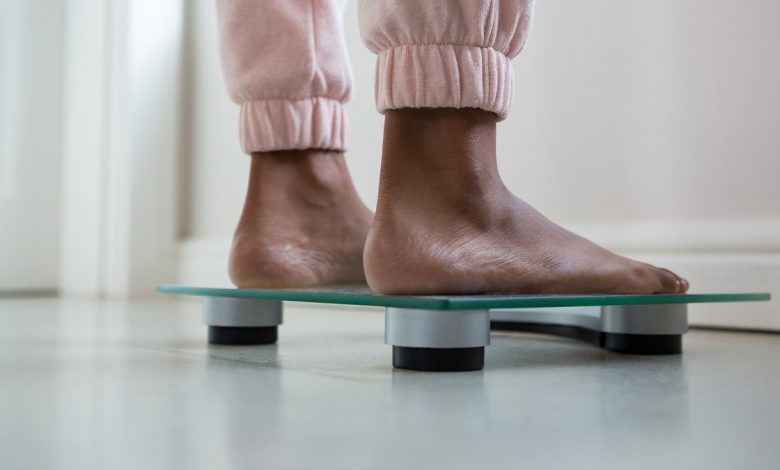Most People Could Reverse or Prevent their Type 2 Diabetes
BMI is more important than genetics in determining type 2 risk, and targeting individual BMI thresholds can reverse diabetes in most people

Diabetes looks different for everyone.
- While most people living with type 2 struggle with excess weight, about 15% have a near-normal BMI.
- On the flip side, many overweight and obese people do not have to deal with elevated blood sugar.
These facts have led many in the scientific community to assume that genetics play a key role in who will develop this condition and who will not. Certainly, diabetes is known to run in families and many genetic variants have been identified as being more common in those who develop the condition
But new research into how body mass index plays into a person’s risk for type 2 appears to shatter this assumed fact.
This “BMI Threshold” theory could have a profound impact on how we work to reverse and prevent this disease.
Genetics vs BMI: Which Plays a Bigger Role in Type 2?
Researchers used over 445,000 participants from the UK Biobank to determine how genetics and BMI play into a person’s risk for diabetes. The subjects were divided into five groups based on known genetic risk factors and five groups based on BMI.
The participants, who had an average age of 57 at the beginning of the study, were followed for eight years. During that time, 31,298 of them developed type 2.
By referencing who developed diabetes against the two preconstructed groupsets, the researchers determined that those subjects in the group with the highest BMI had an 11-fold increased risk of developing type 2 compared to those in the lowest BMI group.
The highest BMI group had a much higher risk for type 2 than all the other BMI groups, regardless of genetic risk factors.
- This finding indicates that a person’s BMI is a much greater predictor of whether they develop type 2 than their genes.
- Even more interesting, the researchers found that how long a person was overweight did not increase their risk. Once a person reached a high BMI, they had the same risk for developing type 2 as those who had been at that BMI for a significant period of time.
This suggests that once a person reaches a set threshold for weight gain, their diabetes risk goes up then stays at that same elevated risk level no matter how long they remain at that weight.
This new research into BMI, genetics, and type 2 was presented at the European Society of Cardiology Congress.
Genetics Still Play a Role
But if type 2 risk is solely determined by a person’s weight, then why does the condition run in families and why are some diabetics thinner than others?
Most likely, genetics plays an indirect role in determining how likely a person is to gain weight and at what weight their diabetes risk increases.
The researchers acknowledge that every person has a different threshold for how much weight gain will start causing problems with their blood sugars.
- For most, this BMI threshold is high–meaning they won’t struggle with elevated blood sugars until they reach obesity.
- For others, this threshold is much lower, causing them to experience abnormal blood sugars with minimal weight gain.
Genetics determines which group you will fall into.
This model would also explain why some people can reach obesity and not develop diabetes.
Using BMI Threshold to Prevent and Reverse Type 2
If reaching a genetically determined BMI threshold greatly increases the odds a person develops diabetes, then keeping that person below that threshold would greatly decrease those same odds.
And this is exactly how the researchers propose this discovery will allow doctors to prevent type 2 diabetes.
If we can determine how different genetic variants contribute to differing BMI thresholds, doctors could prescribe interventions before an individual reaches their personal threshold. It may be possible to use blood tests to detect slight negative changes in blood glucose and insulin resistance in order to determine when intervention is necessary.
As long as the patient’s BMI was reduced below threshold quickly, they would be unlikely to experience any lasting effects from diabetes.
Similarly, the researchers believe that if the BMI of a person with diabetes was reduced aggressively below their BMI threshold, it would be possible to completely reverse their diabetes.
Reversal would be most achievable in recently diagnosed patients who have not developed significant secondary complications from the disease.
Just as with prevention, this method would require some ability to estimate a person’s threshold in order to set weight goals that were achievable but low enough to normalize blood glucose levels.
While there is still much research to be done into BMI thresholds, the information presented by these scientists offers a hopeful outlook for people living with type 2 diabetes.




